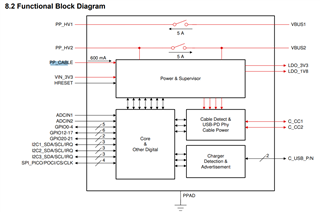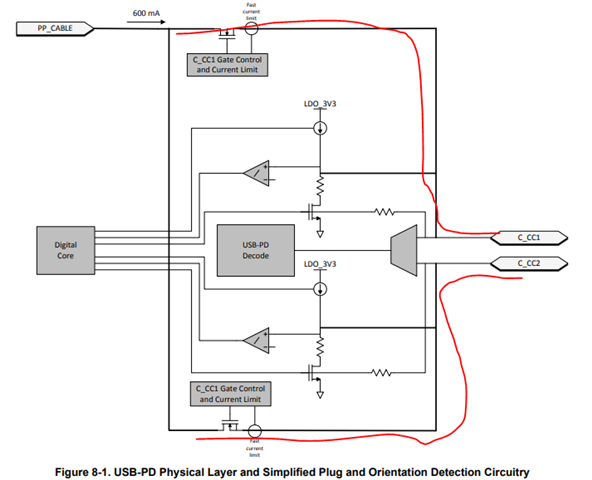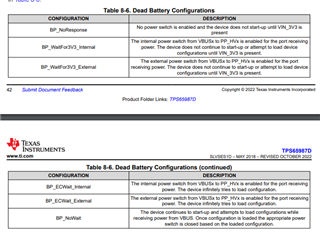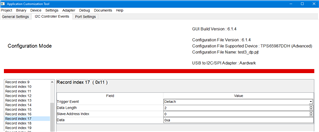Other Parts Discussed in Thread: TPS55289, TPS65987, TUSB564
Tool/software:
Hello I am experiencing an error on the I2C3 bus after the ACK please see the image below:
Note that the rising edge of the data is "colliding" with the falling edge of the clock. Also note that TPS55289 is also connected on this bus on address 0x74 and when a command is sent to 0x74 it does not experience this "collision", there is no "error" and the TPS5529 works just fine. However I suspect the TUSB546 on address 0x13, is failing to work because of this i2c error in rise and falling edge of SDA and SCL. As i said both 0x74 and 0x13 devices are on the same bus with the same circuitry, same pullups....with the 0x74 working just fine and the analog signal associated with 0x74 communication looks correct. Please advise.
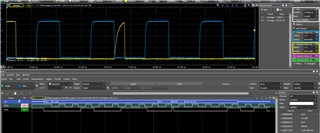
You will also note that SDA takes longer to rise. I was hoped that putting a larger pullup on SDA would help get it over the goal line but to no avail. Attached is my PJT for your reference.
I am aware of documents SLVAE18. Thank you for your time.
test3_dp.pjt


